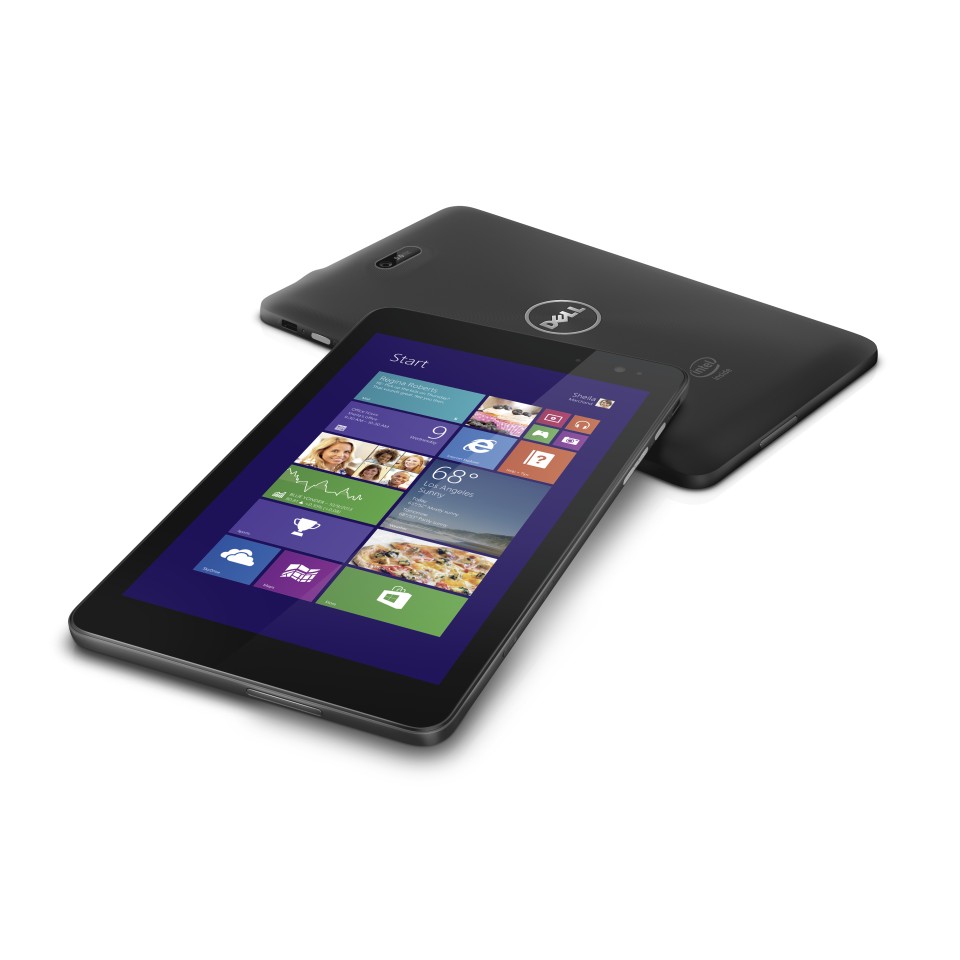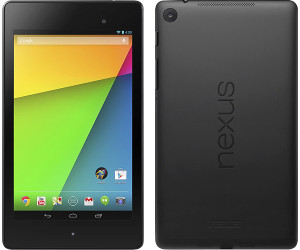In our first mobility sweet spot post, we touted both the iPad Mini with Retina and the ThinkPad 8 as being the closest to enterprise-grade tablets. The ideal enterprise tablet:
- Should not limit normal business functions, such as content creation, editing, and collaboration.
- Should allow for constant connectivity, both over 4G/LTE or Wifi.
- Be user friendly to help speed up the on-boarding process and arm your mobile workforce with the best technology to stay ahead of the competition.
For comparison purposes, we hand-picked three “runner up” devices that are great tablets in general. But for the purposes of mobilizing a large organization (and meeting the requirements listed above), they fall slightly short. None of these tablets are bad, and many users will even prefer these to the iPad or ThinkPad. However, our hypothetical mobility sweet spot is beyond the range of what each of these tablets currently offer.
 Nokia Lumia 2520
Nokia Lumia 2520
Of all the tablets we’re highlighting in this series, the Nokia Lumia 2520 has the largest display at 10.1” with a bright, dazzling screen. It comes with a Bluetooth keyboard, which is a huge plus for expediting the content creation process. Two full size USB inputs and one Micro HDMI input allow for external compatibility. Windows 8.1 is the operating system, complete with screen-splitting functionality. The Lumia is great for connectivity, with both data & WiFi included. For content creation purposes, MS Office can be bought separately ($180/year per team of 300 people). All in all, a solid mobile device. But the $500 price tag, 1.36 lbs. weight, and slightly shorter 8 hour battery life cause the Lumia to fall short on a large organizational scale.
Cons: Price is steeper than similar tablets for what you get, weighs more than a pound, and has less battery life.
 Dell Venue 8 Pro
Dell Venue 8 Pro
The Dell Venue 8 Pro is going to be looked at by A LOT of enterprise mobility strategists for one big reason: the low $300 price tag. At this cost, users get a lightweight (0.87 lbs.) device, 2 GB of memory, and a vibrant 8” screen. The Venue 8 Pro is a Windows 8.1 equipped tablet, complete with split-screen multitasking and one Micro USB slot. Users appreciate the overall design of the tablet, especially the easy-to-grip textural backing. More divisive is the location of the Windows “Home” button, which is located on the side of the tablet, rather than on the top. The lower price tag also leaves out the option for LTE connectivity. On Dell’s website, they note that there is a slot for a mobile broadband card – but data is not inherent. The battery life is on the lower end (7-8 hours) when compared to other devices. This is a nice device that is simply not mature enough for enterprise-grade operations.
Cons: No Data connectivity included, shorter battery life, and separate accessories cost (Bluetooth Keyboard – $85).
Google Nexus 7
 For users on the developer/IT side, the Google Nexus 7 is a crowd favorite. Its Android Jelly Bean operating system allows for tweaks of nearly every feature if you are familiar with device customization. The $250 price tag is very attractive, and the Nexus 7 is the lightest of all the tablets we’ve looked at. With an impressive 9-10 hour battery life, the Nexus 7 ties with the divisive Mini Retina on battery life. Due to the unique operating system, some enterprise functionality becomes less practical. MS Office is currently not offered for Android devices, so users have to get creative with creating content on a third party app. Split-screen and similar multi-tasking features can be activated with light hacks. Security is a key concern. The open-source nature of Android Jelly Bean leaves it more susceptible to malware and security threats. The Nexus 7 is a great tablet on a per-user basis but not likely to be selected as the go-to enterprise mobile device due to these shortcomings. In short, it’s cheap and powerful, but not practical for large-scale adoption.
For users on the developer/IT side, the Google Nexus 7 is a crowd favorite. Its Android Jelly Bean operating system allows for tweaks of nearly every feature if you are familiar with device customization. The $250 price tag is very attractive, and the Nexus 7 is the lightest of all the tablets we’ve looked at. With an impressive 9-10 hour battery life, the Nexus 7 ties with the divisive Mini Retina on battery life. Due to the unique operating system, some enterprise functionality becomes less practical. MS Office is currently not offered for Android devices, so users have to get creative with creating content on a third party app. Split-screen and similar multi-tasking features can be activated with light hacks. Security is a key concern. The open-source nature of Android Jelly Bean leaves it more susceptible to malware and security threats. The Nexus 7 is a great tablet on a per-user basis but not likely to be selected as the go-to enterprise mobile device due to these shortcomings. In short, it’s cheap and powerful, but not practical for large-scale adoption.
Cons: No MS Office support, modifications required for multitasking, security risks, and less user-friendly than other operating systems.
The Bottom Line
The Nokia Lumia, Dell Venue 8, and Nexus 7 are all great devices from a user standpoint, but when equipping a large scale organization with mobile tablets, either the iPad Mini Retina or the ThinkPad 8 are superior.
The mobility sweet spot is evolving. What are your most desirable features for your organization’s mobilization strategy?

Comments are closed.